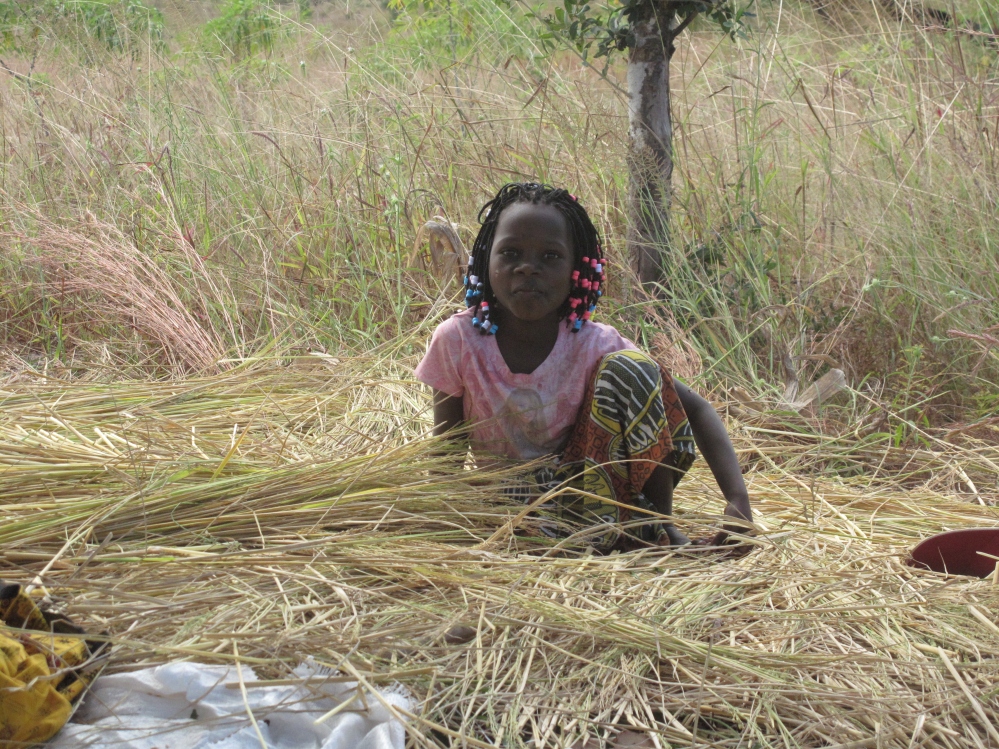 |
| The daughter sitting on the rice straw that will be later used as mulching for the garden. For such a young age I admired her familiarity and ease working with crops. For this family, farming is their lifeline and they are seeing firsthand that the poor soil can provide food if cared for properly. Their family is unique in that they are provided the seeds, watering cans, and tools necessary to farm unlike other families. However, it is the dream of this teaching farm the make these tools available by first starting a seed saving program to provide to the local communities. |
Many times the locals say, “the land and soil are too poor to grow any food.” While the soil is sandy and lacking rich organic matter, it is proposed that overtime with the right crop rotations that the soil can be built and improved. There is a 5m water well that was dug and irrigation is used from this source to water the plants in the garden. Chicken manure is collected from New Horizons Farm that is not far away. However, when the family farm is fully functioning it will have chickens and the source of manure will come from onsite.
Also, goats will be incorporated into the system for several purposes that include a source of milk as well as clearing land after plots are fallow. It was noted that goat’s milk is more nutritious for the human body in comparison to cows and goats require less inputs to maintain. The goats will be placed on fallow fields to break down the remaining plant material and return the nutrients to the soil through their manure.
The land that was purchased for this project was chosen partly on how
poor the soil is. This is to strongly emphasize that it is possible to
grow crops even if it is difficult at the start. There is a family which
includes: a husband, wife and two children that are taking care of the
land. In return for their work they are able to keep the yields from the
land and are paid for their time and effort. At the moment the crops
being grown include: maize, tomatoes, carrots, lettuce, basal, rice, and
bananas.
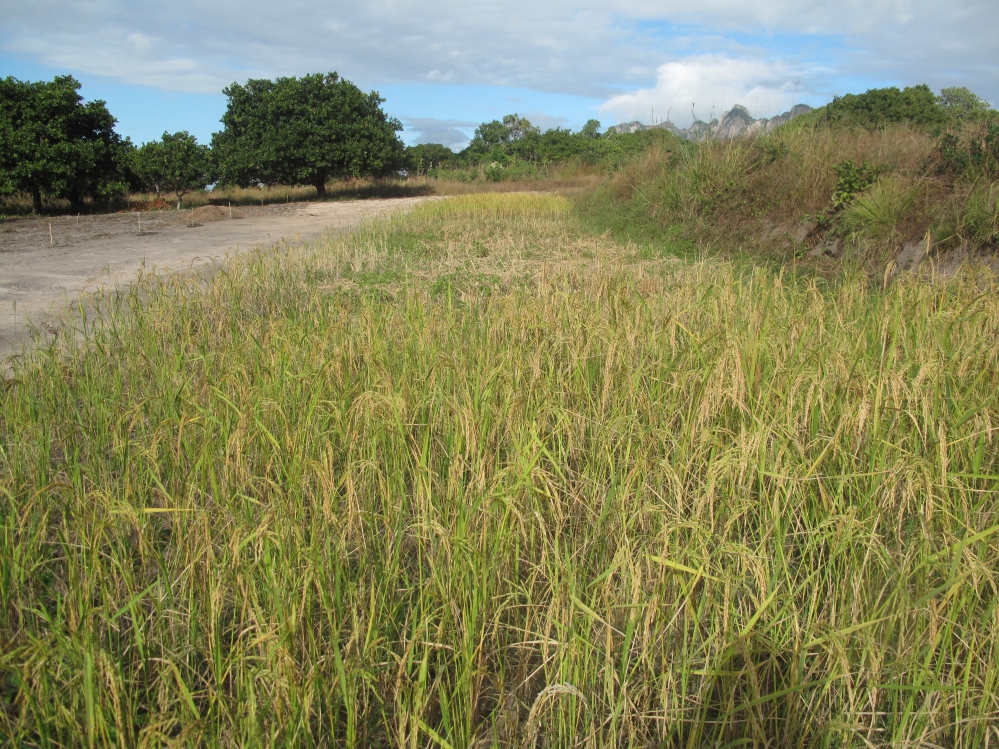 |
| The rice planting at the 1 hectare farm. (1 hectare of land= 2.4 acres) |
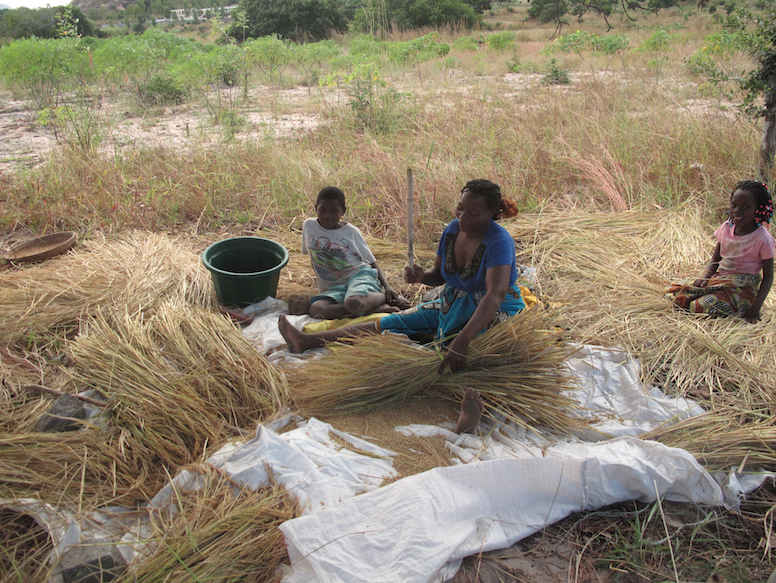 |
| The family that manages the land harvesting rice. The process is that the rice is cut and then beaten with a stick to remove the grain. Then the rice is allowed to dry in the sun and is placed in baskets to be tossed in the air which allows the wind to remove the hulls from the rice itself. Typically the rice straw is thrown into the bush, but it was suggested that it be used as mulching to conserve water and suppress competitive vegetation. The children help in whatever way they can while also finding time to play games and share laughs with one another. When the family was asked if they would sell or eat the food the mother responded, “we plan to eat this rice and it will provide us with the food we need to survive.” This was a special moment and my first encounter in Nampula when the genuine appreciation and direct impact of successful subsistence farming was beginning to be understood. |
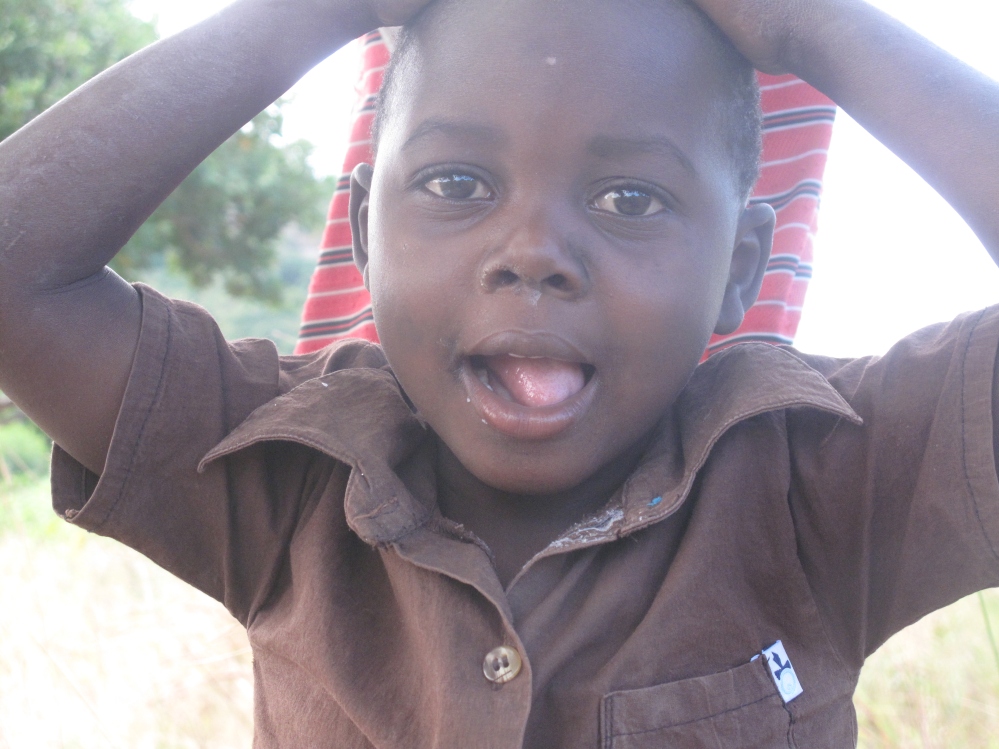 |
| The young child smiling to have his photo taken while working to harvest the rice yields. It was a wonderful experience to learn this skill and share moments of horticulture that extends beyond language barriers or national borders. |
It was mentioned that one bowl of rice seeds from the previous year’s
harvest is enough to plant the field of rice seen in the first image in
this post. If some of the seeds are saved and not eaten it can be a
wonderful cycle of planting, harvesting, eating and so on for years and
even generations into the future. A foundation for building the soil,
growing the crops, and providing food to families starts with education.
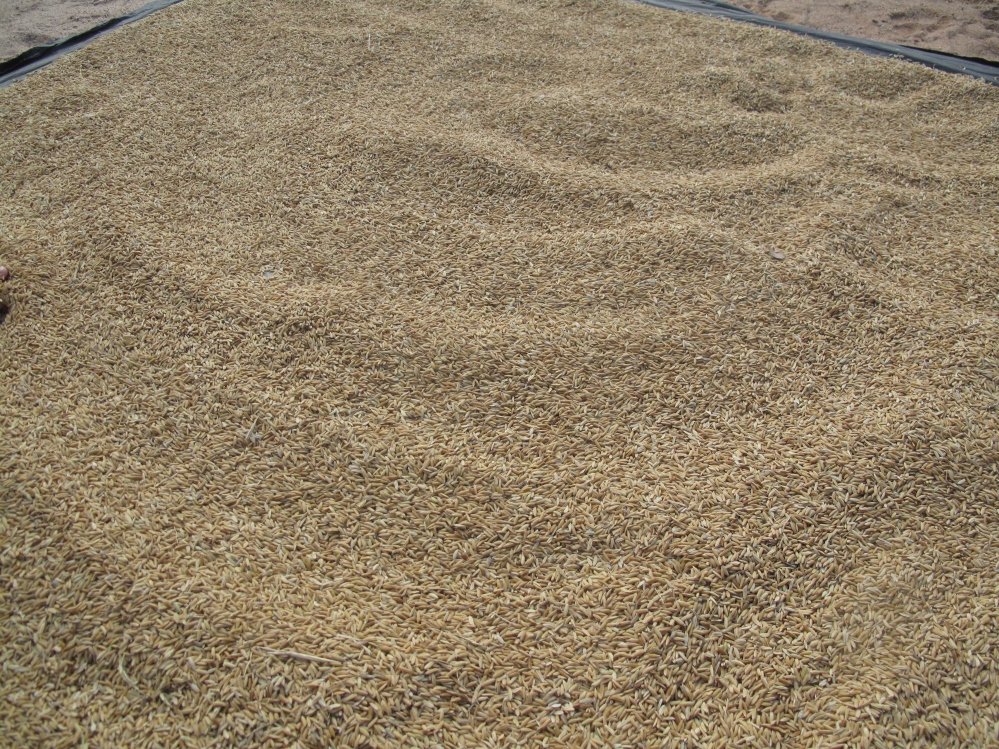 |
| An image of the rice drying on a black cloth tarp. Once the grain is dry the hull will be separated from the rice and will be ready for consumption. |
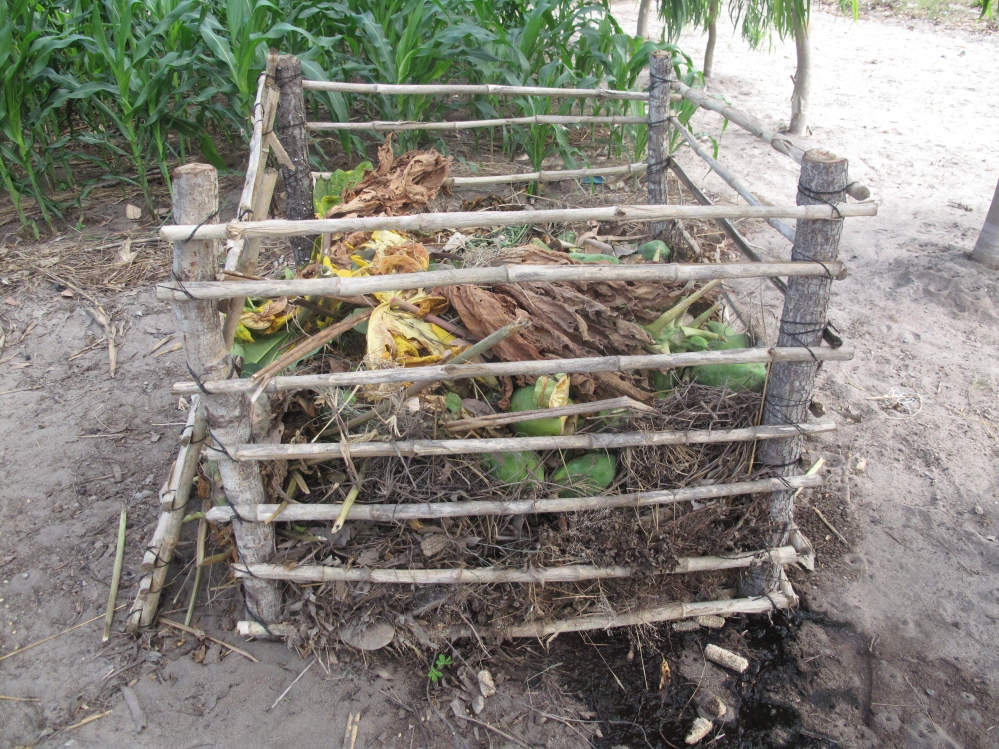 |
| One of the first composting systems I have seen in Mozambique. Composting is not a popular topic and cultural changes will need to be made for this to become apart of the normal farming practices. It is not thought that trash can be used for something useful. The food scraps are commonly thrown into the bush. However, if composting can be properly implemented it is a huge step forward to improving the quality of the soil and obtaining a more holistic approach to nutrient cycling. |
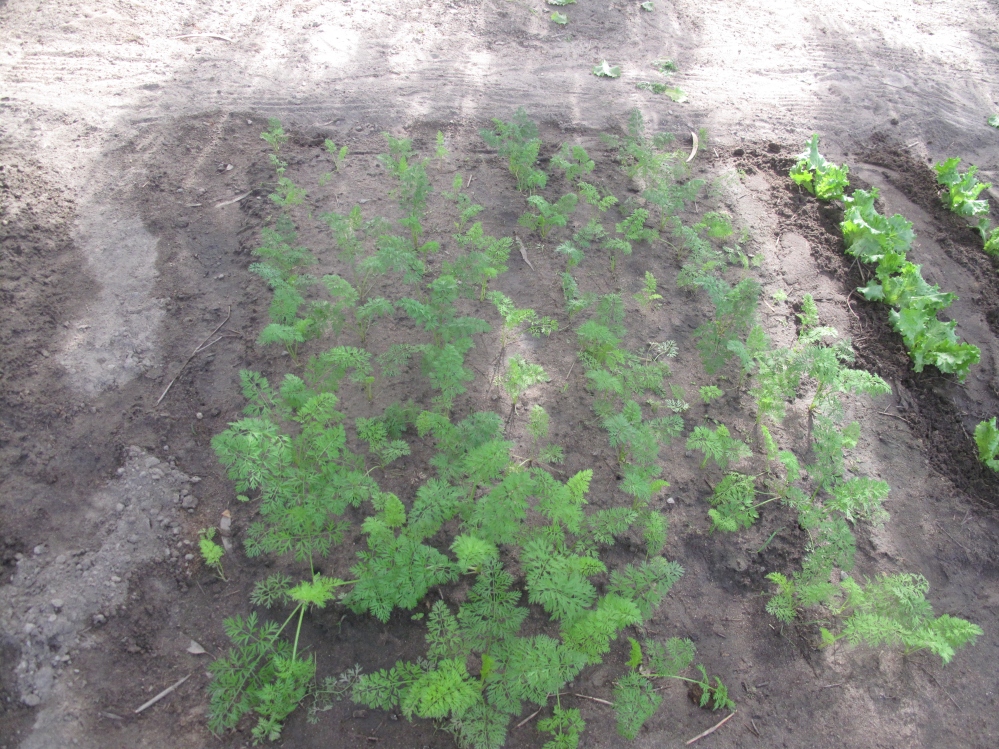 |
| A mixture of a lettuce and basil crops that are being grown onsite. This is the first time for basil to be grown on the farm and it seems to be doing well. Below is the tomato crop that has been flowering and producing fruit. Bamboo stakes are used to support the vines that are weighting more and more with the fruit. |
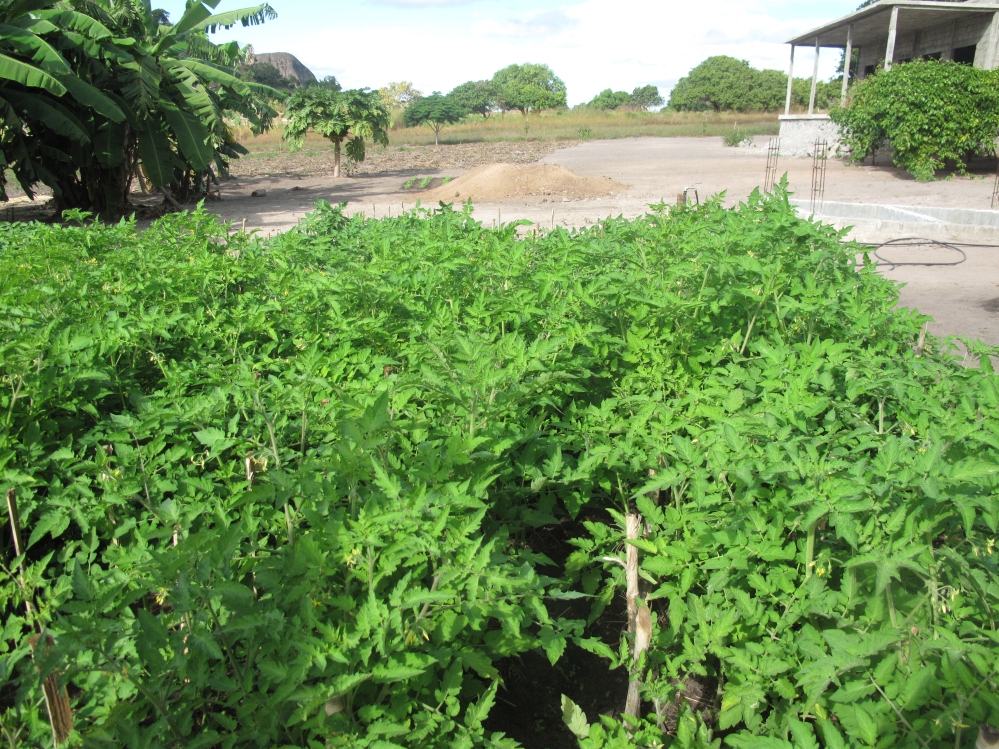
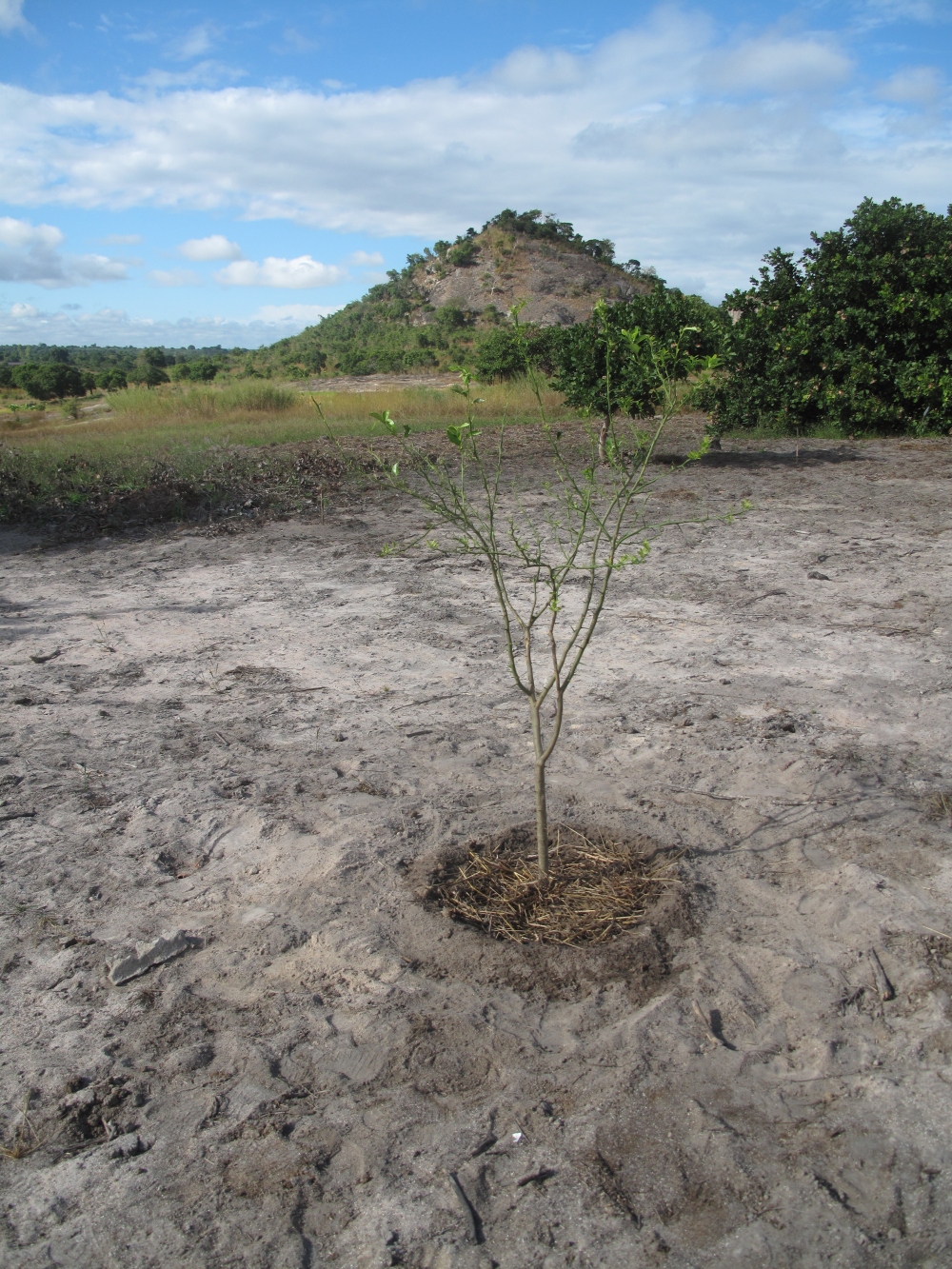
--
Read more from Olivia at https://mozambiquefarming.wordpress.com/
To find out more about the faculty-led Community Development
in Mozambique summer program, visit http://studyabroad.uark.edu/mozambique
